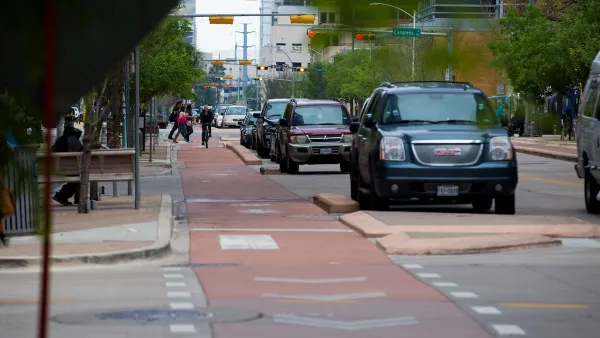The more you drive, says a new study, the more you are at risk of getting in an accident. So if how much one pays for car insurance was linked to mileage, there would be a significant reduction in driving - and fender benders.
The study was funded by the Conservation Law Foundation. From the introduction to the study, which was based in Massachusetts:
"The Conservation Law Foundation (CLF) and the Environmental Insurance Agency commissioned a study
to assess the risk‐mileage relationship using actual insurance claims information in Massachusetts. This
study ("Ferreira and Minikel 2010") offers the largest disaggregated analysis to date of the risk‐mileage
relationship and the actuarial basis for PAYD. The work analyzes data on $502 million worth of claims on
almost 3 million cars driven an aggregate of 34 billion miles. The study confirms the statistical
soundness of pay‐as‐you‐drive auto insurance pricing and indicates that the PAYD approach would result
in significant reductions in miles driven, green house gas emissions, and auto accident losses without
adverse equity impacts to drivers."
One interesting part of their proposal in regards to planners is the suggestion to charge suburban and rural car owners less per mile than urban car owners.
The full study can be downloaded directly here.
Thanks to Todd Litman
FULL STORY: Pay-As-You-Drive Auto Insurance (PAYD)

National Parks Layoffs Will Cause Communities to Lose Billions
Thousands of essential park workers were laid off this week, just before the busy spring break season.

Retro-silient?: America’s First “Eco-burb,” The Woodlands Turns 50
A master-planned community north of Houston offers lessons on green infrastructure and resilient design, but falls short of its founder’s lofty affordability and walkability goals.

Delivering for America Plan Will Downgrade Mail Service in at Least 49.5 Percent of Zip Codes
Republican and Democrat lawmakers criticize the plan for its disproportionate negative impact on rural communities.

Test News Post 1
This is a summary

Test News Headline 46
Test for the image on the front page.

Balancing Bombs and Butterflies: How the National Guard Protects a Rare Species
The National Guard at Fort Indiantown Gap uses GIS technology and land management strategies to balance military training with conservation efforts, ensuring the survival of the rare eastern regal fritillary butterfly.
Urban Design for Planners 1: Software Tools
This six-course series explores essential urban design concepts using open source software and equips planners with the tools they need to participate fully in the urban design process.
Planning for Universal Design
Learn the tools for implementing Universal Design in planning regulations.
EMC Planning Group, Inc.
Planetizen
Planetizen
Mpact (formerly Rail~Volution)
Great Falls Development Authority, Inc.
HUDs Office of Policy Development and Research
NYU Wagner Graduate School of Public Service





























